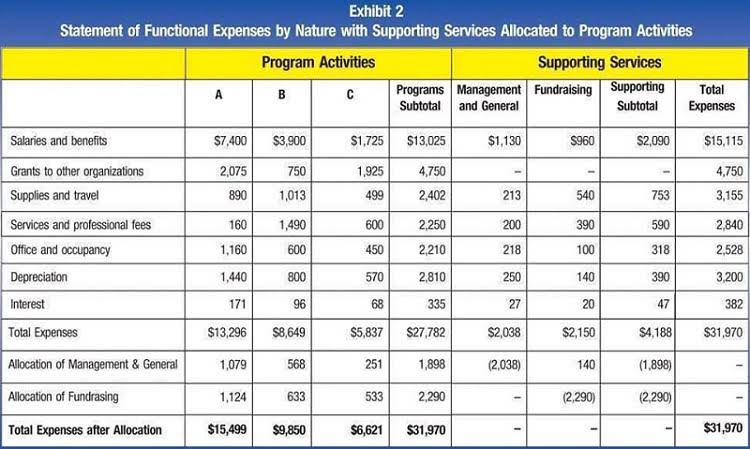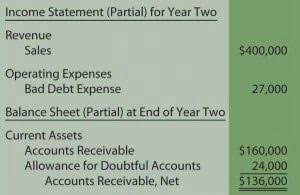
It would increase the expense account’s normal balance by $50. Before diving into the normal balance of an account, it is essential to understand the types of accounts used in accounting. We’ve covered these in our prior lessons but we need to keep drilling these into your knowledge if you are just starting out.
- There are five main types of accounts in accounting, namely assets, liabilities, equity, revenue and expenses.
- Retained earnings reflect a company’s total profits after dividends.
- So, using normal balances right is key for good financial management.
- Normal balance refers to the side—either debit or credit—where an increase in a particular account is recorded.
- A balance on the right side (credit side) of an account in the general ledger.
- When you debit an account, you’re either increasing an asset or expense account, or decreasing a liability or equity account.
- When making a loan payment, the business will have an account debit, which decreases the liability.
What is the normal balance of an asset account?
This concept is the bedrock upon which accurate financial statements, from the Trial Balance to the Income Statement, are built. So, if you’re Travel Agency Accounting debiting an asset or expense account, you’re increasing its balance. If you’re crediting a liability, equity, or revenue account, you’re also increasing its balance. Conversely, crediting an asset or expense account, or debiting a liability, equity, or revenue account, decreases its balance.
- Liabilities increase on the credit side and decrease on the debit side.
- Depending on the size of a company and the complexity of its business operations, the chart of accounts may list as few as thirty accounts or as many as thousands.
- The normal balance of any account is the balance (debit or credit) which you would expect the account have, and is governed by the accounting equation.
- An increase in equity, from owner investments or revenue, is recorded with a credit.
- We’ve covered debits, credits, the basic accounting equation and accounts but we need to go further into accounts.
- Examples include rent expense, salaries expense, and utilities expense.
Normal Balances Across Account Types

The normal balance rule establishes the side (either debit or credit) on which an account typically increases. This rule applies consistently across what is the normal balance for expenses? all major account types within the financial system. Assets, Expenses, and Dividends generally have a normal debit balance. This means that to increase these accounts, a debit entry is made. As we wrap up our chat on accounting, it’s key to remember that knowing about normal balances is crucial.
( . Expense accounts:

You will often see the terms debit and credit represented in shorthand, written as DR or dr and CR or cr, respectively. Depending on the account type, the sides that increase and decrease may vary. The losses and expenses are also charged on the normal balances of the payable accounts of an organization’s sheet of balances.
Your Journey Ahead: Decoding Debits and Credits
Expenses inherently reduce owner’s equity, which has a normal credit balance. Therefore, to reflect this reduction, a debit is applied to the expense account. Examples of revenue https://marciamuller.net/what-is-a-k-1-tax-form/ contra accounts are Sales Discounts, Returns and Allowances. An account with a balance that is the opposite of the normal balance.
Debits and credits are the two fundamental sides of an accounting entry, representing the left and right sides of an account, respectively. It is important to remember that “debit” does not inherently mean an increase, nor does “credit” always signify a decrease. Their effect on an account depends entirely on the specific type of account involved. In contrast, liability and equity accounts have a credit balance.
The Importance of Maintaining Accurate Records
These are both asset accounts.He would debit inventory for $10,000 due to the new inventory and credit cash for $10,000 due to the cost. Furthermore, understanding the normal balance in financial statements aids in financial analysis and decision-making. It allows stakeholders to assess the financial health, profitability, and liquidity of the company by evaluating the trends and relationships within the financial statements.

Real-world Examples Demonstrating Debits, Credits, and Normal Balances

When recording journal entries, you need to follow the rules of debit and credit based on the normal balance of the accounts involved. For accounts with a normal debit balance, you will debit to increase and credit to decrease. For accounts with a normal credit balance, you will credit to increase and debit to decrease. The normal balance of an account is determined by the type of transactions that are recorded in the account.
